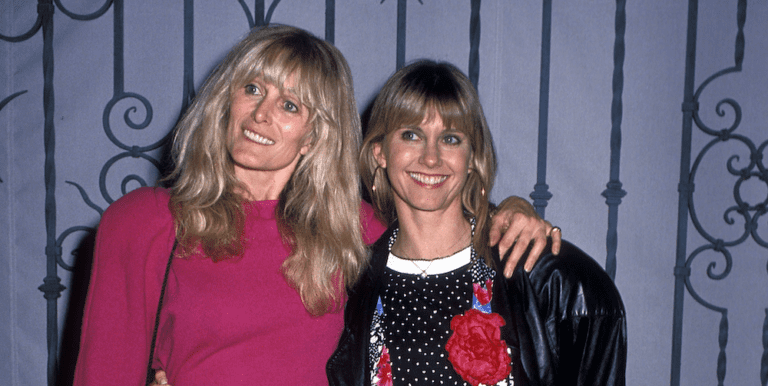Unable to shoot his movie “Elvis” during the COVID-19 pandemic, Luhrmann used the time to look through rushes he shot while making “Australia” starring Nicole Kidman and Hugh Jackman and create something new.
“I realised that probably the underlying theme of you can’t really own land or a child or a relationship, that you can only own your story, I thought that theme could really be amplified,” he said.
Set between 1939 and 1942, the plot explores what happens when Kidman’s English aristocrat character Sarah has to team up with a cattle drover played by Jackman after she finds herself in charge of “Faraway Downs”, a cattle ranch in the Australian outback.
While she becomes romantically involved with the drover, she is also captivated by Nullah, a young bi-racial Indigenous Australian child who lives on the ranch and is in danger of being taken away by police due to a strict racial policy at the time.
“I thought if I did episodically ….(I could) tell it from a First Nations point of view. It’s an Aboriginal child, who tells his story,” said Luhrmann.
While the “stolen generations” policy referred to in the series ended over 50 years ago, this October there was a major setback to the country’s efforts for reconciliation with its First Peoples, when Australians rejected a proposal to recognise Indigenous people in the constitution.

Australians had to vote “Yes” or “No” in the referendum, the first in almost a quarter of a century, whether to alter the constitution to recognise Aboriginal and Torres Strait Island people through the creation of an Indigenous advisory body, the “Voice to Parliament”.
Luhrmann said he was disappointed with the result: “I would personally support what the majority of the First Nations population of this country wanted. And the majority wanted that voice,” he said.
As for “Faraway Downs”, Luhrmann hopes that by combining a romance with what he calls an “ugly chapter” in Australian history, he will reach a broad audience.
- Faraway Downs starts streaming from November 26 on Disney+







